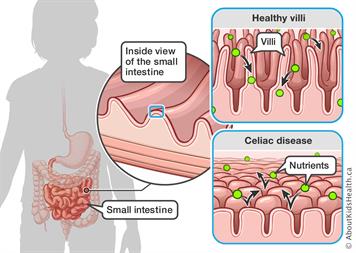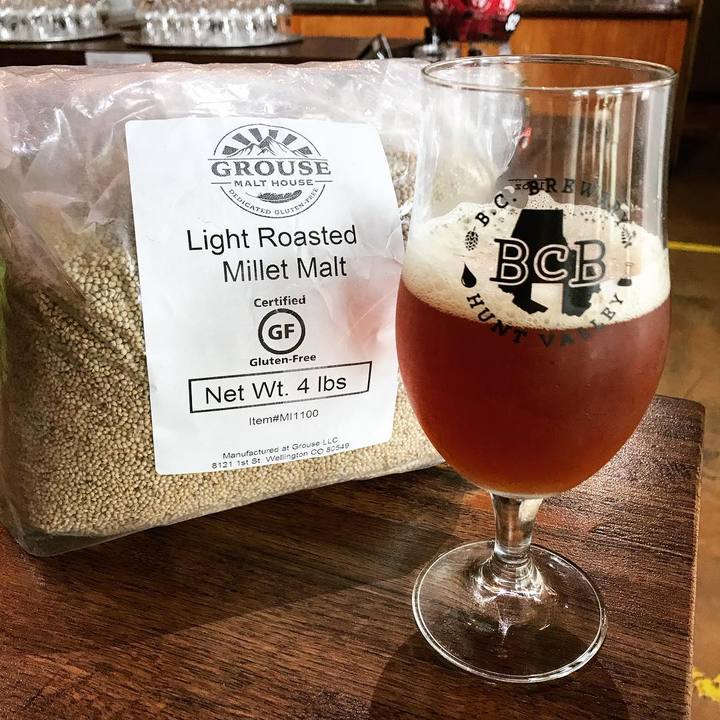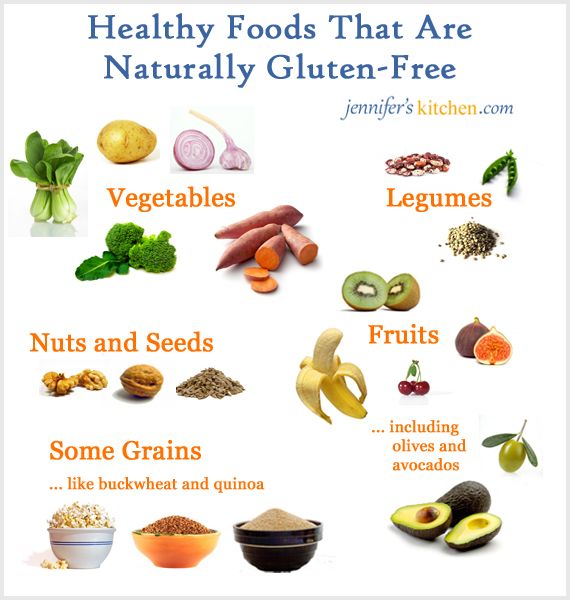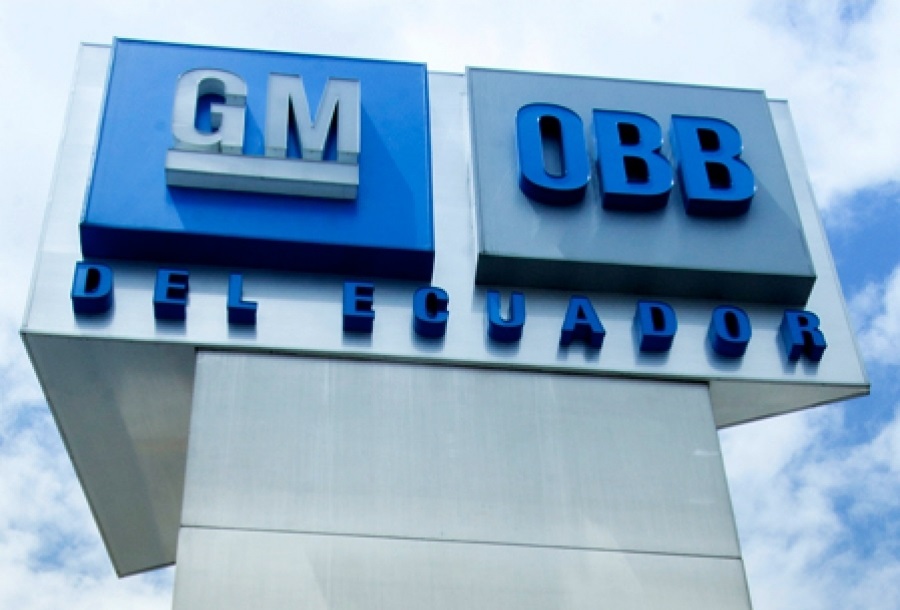Should you go gluten-free? Take this quiz to see
Does going “gluten-free” mean you’ll automatically lose weight, shrink your “wheat belly” or prevent Alzheimer’s disease? Or as Jimmy Kimmel demonstrated quite hilariously, are you someone who has stopped eating gluten because someone in your Yoga class told you to? (Check out Jimmy’s 2014 segment on Youtube.com where he asked people on the street, “What is gluten?”)
you to? (Check out Jimmy’s 2014 segment on Youtube.com where he asked people on the street, “What is gluten?”)
Can gluten be responsible for your being overweight? Is gluten linked to bad skin, bad sleep or bad sex? You might think it’s so for everyone if you’re a reader of certain websites or tabloids.
 Gluten is the perennial hot nutrition topic — I just Googled ‘gluten-free’— in less than a second 450 million URLs appear. When I first covered this topic in 2015 there were half as many links, and half as many products.
Gluten is the perennial hot nutrition topic — I just Googled ‘gluten-free’— in less than a second 450 million URLs appear. When I first covered this topic in 2015 there were half as many links, and half as many products.
The market for gluten-free products is strong. Grand View Research projects the global market to reach $32.39 billion by 2025, with North America far in the lead with 53 percent of the overall market share.
But before we answer the question about gluten’s role in your weight, skin, and sex life, let’s see how much you know about gluten.
First, indicate “fact” or “fallacy” for each question, then read the column, and the answers will be at the end. You may be surprised!
- Celiac disease always starts in childhood.
- Celiac disease is like a food allergy, similar to peanut allergy.
- Gluten is a surprising ingredient in many foods you wouldn’t expect.
- The only effective treatment for celiac disease is avoiding all gluten.
- Since celiac disease is a childhood disease, you can outgrow it.
- A simple blood test is all you need to diagnose celiac disease.
- If a food is labeled “gluten-free” you can be assured that it is.
- Undiagnosed and untreated celiac disease can lead to other disorders.
 What is gluten, anyway?
What is gluten, anyway?
Gluten is natural protein found in wheat and other related grains including rye and barley, and also spelt, kamut, and farro. Malt and Brewer’s yeast are sources of gluten too.
According to BeyondCeliac.org, a website devoted to helping people with celiac live healthier lives, celiac disease is an autoimmune digestive disease triggered by gluten.
Autoimmune means that the body is essentially attacking itself every time a person with celiac consumes gluten. The reaction damages the villi of the small intestine and interferes with absorption of nutrients from food.
The Celiac Disease Foundation reports that the disease affects only 1 in 100 people worldwide, but in the U.S. alone it is estimated that 2.5 million are undiagnosed.
Symptoms of celiac disease vary: although bloating and abdominal pain, diarrhea and constipation are the most common, Verywell Health reports there are more than 200 potential celiac disease symptoms including fatigue, migraines, and skin. Symptoms also differ by gender and age — for example, women with celiac could have irregular or very painful periods; men seem to suffer from skin rashes more than women and are more likely to be underweight and have reflux. For more info click here.
Until recently, celiac disease was assumed to be strictly hereditary, and people with a first-degree relative with celiac disease (parent, child, sibling) have a 1 in 10 risk of developing celiac disease. However, the incidence of celiac disease has increased, and scientists are investigating potential hypotheses: changes in our environment, with increased exposure to endocrine-disrupting chemicals from plastics; an increase in consumption of antibiotics, both as medicine against infections or because we’re consuming animals who consume antibiotics.
The increase in celiac disease and even gluten sensitivity may be linked to the increase in the amount of gluten-containing foods people eat. Our “SAD” (Standard American Diet or “Western diet”) is based on packaged crackers, chips, cookies, cakes, cereals and breads — many containing ‘foreign’ ingredients: additives, colors, flavors, preservatives — potentially messing with our gut microbiome, or ‘good’ bacteria.
And we are eating far more added gluten than our parents and grandparents ate. Processed gluten. Industrial gluten. Most processed foods contain added gluten, including all sorts of condiments, seasonings, processed meats, vegetarian “meats”, sweets, and treats, contain added wheat gluten. Why? It’s used for volume and texture, to promote “chewiness” to breads, and as a stabilizing agent. Gluten is even used in cosmetics and other skin products. Check out Celiac.org for obvious and hidden sources of gluten.
Sensitive? Intolerant?
Research shows that people who report themselves as “gluten intolerant” or sensitive to gluten may, in fact, be intolerant of a certain carbohydrate in wheat, not the gluten protein. That carbohydrate, called fructan, is a member of a group of carbs which gastroenterologists say is irritating the guts of some people, causing gas, diarrhea, distention and other uncomfortable symptoms. Altogether, these carbs are called fermentable oligo-di-monosaccharides and polyols, or the cumbersome acronym FODMAPs.
If you think you’re gluten-sensitive, or suspect your symptoms result from eating FODMAPs, you may want to try an elimination diet. It’s important to be scientific about eliminating FODMAP foods — they should all be eliminated for a specific period of time, and then individually reintroduced in specific amounts to determine sensitivity. Consult your doctor and registered dietitian for help and guidance. See my article about FODMAPS and irritable bowel syndrome (IBS) here.

‘Gluten-free’ products range from flour substitutes to junk-food facsimiles.
Gluten-Free Everything
The “gluten-free fad” (fad usually indicates eliminating an entire nutrient group) remains popular as consumers perceive gluten-free as a healthier way to eat and lose weight (always a trendy issue). In most supermarkets in North America you can find a glut of bread, cakes, cookies — even beer and donuts — all touted as gluten-free.
You’d typically describe them as “junk foods” and just because they’re gluten-free, are they ‘healthy’?
And importantly, are they really gluten-free? And what about restaurant foods? An April 2019 study published in the American Journal of Gastroenterology utilized the Nima Gluten Sensor, a portable device that detects gluten. The manufacturer supplied 5,624 food tests by 804 users over 18 months, and found that more than half of the ‘gluten-free pizza’ and ‘gluten-free pasta’ dishes in restaurants tested positive for the presence of gluten; and about one-third of supposedly gluten-free foods had detectable gluten. This could be very bad news for those with celiac disease.
Therefore, don’t fall for the “halo effect”
As described in the New York Times, behaviorists coined the term ‘halo effect’ to describe how marketing geniuses work to influence consumer choices. A gluten-free cookie is still a cookie. Gluten-free pasta is still…pasta. Calories count — gluten-free doesn’t mean calorie-free.
Since gluten is what gives shape and texture to baked goods as they cook, most commercial gluten-free breads or pizza dough are made from rice flour and are dishearteningly flat. To alleviate this, additives such as xanthan gum and hydroxypropyl methylcellulose and cornstarch are typically introduced. Sugar and fats are typically added to make products even slightly palatable. The result? Gluten-free pizzas and cookies can have up to two or three times more calories, added sugars, and added fat than the original.
“Specialized” products often have especially high prices too. I’ll bet you dollars to donuts that your best approach to a healthier lifestyle is to read the ingredient label before you toss food into your shopping cart. A shorter ingredient list means fewer additives and preservatives.
And don’t forget your brews. Certain grain-based whiskeys, vodkas and gin, and of course, beer are typically made from malted wheat or barley and are off-limits.
Eat healthy!
People with celiac disease must absolutely avoid all foods with gluten, but it is easy to eat healthfully without gluten.
Just think ‘whole’ when making your choices. Whole grains like brown rice, millet, sorghum, and corn are gluten-free; so are all vegetables and fruits, dairy, meats, poultry, fish and legumes (beans). And of course, quinoa! The ‘super grain’ high-protein seed of the Andes. If you can buy these organic, all the better for you.
Answers to Facts & Fallacies: How did you do?
- Fallacy: According to VerywellHealth, you can develop celiac disease at any age. If you have a blood relative with celiac disease, you are at an increased risk for developing it too. Symptoms include cramps, constipation, diarrhea, bloating and nausea after eating gluten.
- Fallacy: Celiac is an autoimmune disease like diabetes or rheumatoid arthritis: a food allergy is when antibodies in your body trigger the release of histamine, provoking an inflammatory response to a “threat”. For people with celiac, if they eat gluten their immune system responds by attacking the small intestine and inhibiting the absorption of vital nutrients.
- Fact: It’s unnerving to read food labels! So many processed foods contain added wheat gluten but you can make your diet naturally gluten-free. Just stick to unprocessed foods: all fruits, vegetables, dairy, meats, poultry, fish and alternatives like quinoa, rice, beans and lentils, and corn, to take the place of wheat, rye, and barley in your diet. Great tips and resources from the S. National Celiac Organization.
- Fact: If you have celiac disease you must avoid gluten to avoid triggering the disease.
- Fallacy: Celiac disease is an autoimmune disease and cannot be outgrown like some childhood food allergies might; as I mentioned, it can strike at any age.
- Fallacy: Experts say that even if you have symptoms and positive blood tests for celiac genes and antibodies, since other conditions can cause similar symptoms, a biopsy of the small intestine is recommended to confirm the diagnosis. VerywellHealth reports that 80 percent or more of people with celiac disease are not diagnosed, and although blood tests and endoscopy are available to diagnose, studies show the average patient waits more than four years for an official diagnosis. Do not avoid gluten before going for an endoscopy to assure an accurate diagnosis. Read more here.
- Fallacy: A packaged food labeled “gluten-free” is not a guaranty. A North American organization, the Gluten Intolerance Group, “certifies companies and manufacturers worldwide using the strictest standards for certification at 10 ppm or less.” Read more here.
- Fact: Undiagnosed and untreated, celiac disease can lead to other autoimmune disorders like diabetes and also lead to devastating health complications such as osteoporosis, thyroid disease, type 1 diabetes, cancer and more. Read more From the Celiac Disease Foundation.

Sources
Beyond Celiac. About Celiac Disease
Celiac Disease Foundation. What Is Celiac Disease?
CuencaHighLife.com. Irritable bowel syndrome: there’s a new dietary approach for managing it.
Food & Drink Technology. Gluten-free trend set to continue in 2018.
Grand View Research. Gluten-free products market size worth $32.39 billion by 2025.
Jimmy Kimmel Live. Pedestrian Question – What is Gluten?
Marketwatch.com. Global United States gluten free food market.
NYTimes.com. A big bet on gluten-free.
Science Daily. Study measures gluten in gluten-free labeled restaurant food.
The Salt (from NPR). Sensitive to gluten? A carb in wheat may be the real culprit.
The Spruce Eats. Is there gluten hiding in processed foods and beverages?
VerywellHealth. An overview of celiac disease.
_________________
Susan Burke March, a Cuenca expat, is a Registered Dietitian and Certified Diabetes Educator who specializes in smart solutions for weight loss and diabetes-related weight management. She is the author of Making Weight Control Second Nature: Living Thin Naturally—a fun and informative book intended to liberate serial dieters and make healthy living and weight control both possible and instinctual over the long term. Do you have a food, nutrition or health question? Write to her SusanTheDietitian@gmail.com

















